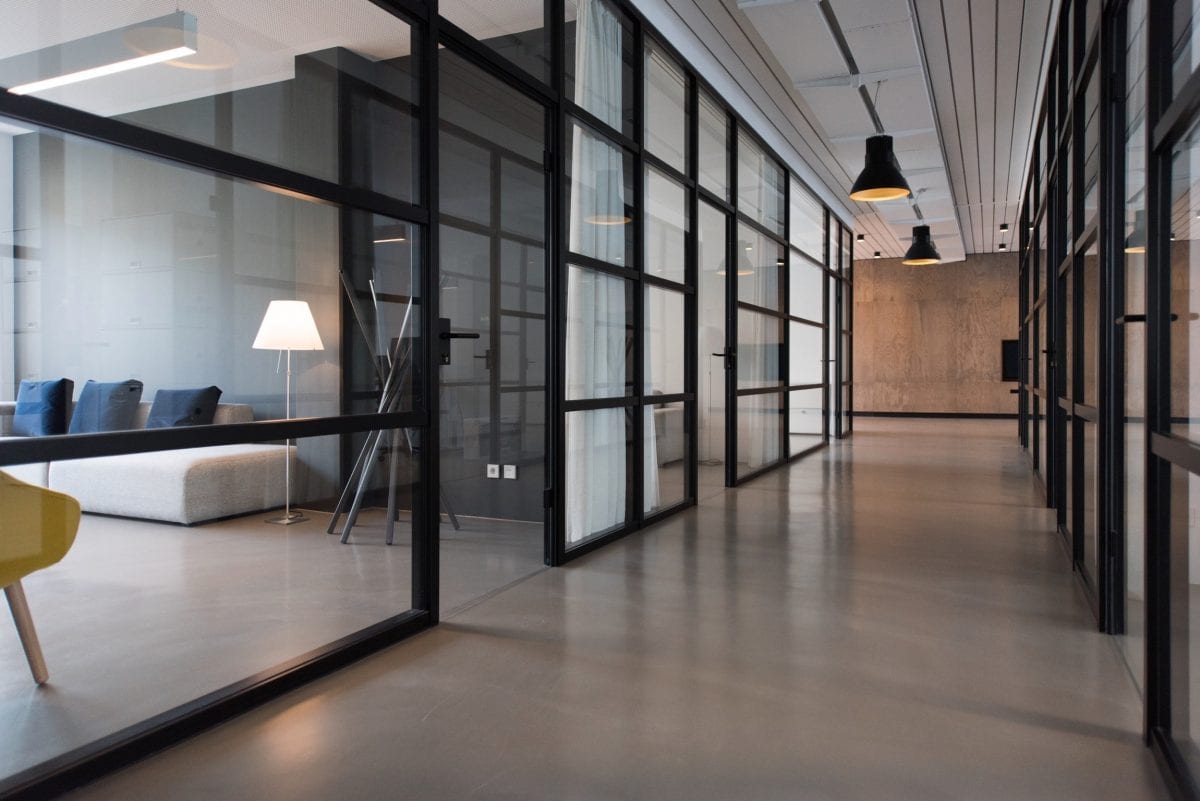
Workplace agility is a defining characteristic of modern companies. Without the ability to quickly adapt to change and boost efficiency, companies become stagnant and cumbersome. Agility starts in the workplace and it’s driven by thoughtful space planning, workplace design, and adaptive processes.
While the philosophy of agile working is important, companies need to realize that there are agile workplace pros and cons. An agile workspace isn’t automatically a successful one—it takes the right balance of stability and flexibility. Mastering this balance enables employees, removes roadblocks, encourages collaboration, and, ultimately, facilitates success.
Be flexible and adaptable, yet provide employees the consistency they need. Get familiar with the advantages and disadvantages of agile working. Bend, but don’t break.
There’s a lot to love about workplace agility…
The pros of workplace agility are prolific. At the most fundamental level, workplace agility is a form of adaptability. Adapting to the needs of employees, new business challenges, and unforeseen headwinds helps a business survive and thrive. It’s not only about flexible seating—it’s about giving employees space to do their best work.
Agility is also cost-effective. Agile workplaces use every space and each is adaptable in and of itself. Smart planning means you don’t pay for real estate you can’t use or waste money on space with poor utilization. A conference room doesn’t stay unused just because there’s no meeting—it becomes a collaborative workspace, project planning room, or countless other as-needed spaces. In this way, agility also reduces waste.
Beyond the spaces themselves, agility promotes better communication and collaboration among employees. It gets people out from behind their computer screens and away from their individual desks and puts them in situations where they can work face-to-face. There’s a human element to agility.
Cohesion and synergy are also hallmarks of agile workplaces. Because employees can get up, move around, and engage, they’re more likely to interact with people beyond their immediate workgroup. Sales can talk to Marketing. Finance can sit in on a Sales meetings. There’s a greater culture of inclusion in a workplace that’s less confined by walls and seating assignments.
…but there are also drawbacks
Agile work seems close to a perfect concept, but it’s not without drawbacks—mostly in execution. Pushing employees into a beehive-like environment with no stable foundation quickly breeds chaos.
Employees need a good diversification of spaces. Too much collaboration without enough personal workspace is just as bad as isolation. Similarly, tearing down all the walls to promote agility means there’s little privacy for more sensitive meetings or focused work time. While most agile workspaces are adaptable, not every workspace has to be an agile one.
Recognize that not every employee wants to be an agile one. Forcing them into a dynamic role might remove them from their comfort zone. While it’s okay to encourage new work habits and styles, introverts, quiet workers, and habit-driven employees need stability—not agility. Instead of mandating agility, make it an option. Employees will adapt to an agile work environment on their own time, as situations encourage it. Pressuring people into constant motion will only create negativity.
Finally, invest in proper workplace management software—it’s often the fine line between agility and chaos. Despite the free-flowing movement of a dynamic work environment, control is paramount. Booking rooms, finding employees, changing schedules, and adapting workflows require that everyone is on the same page. An integrated workplace management system (IWMS) ties the many moving parts of an agile workplace together.
Balance your agile working environment
Agility implies quickness and speed, but that’s just one facet of what makes an agile workplace truly effective. For an athlete to be agile, they also need sure-footing and strong muscles—constant variables they can rely on. It’s the same for your employees. To thrive in an agile workspace, they need sure-footing and self-confidence. Ground the workplace in familiar processes and strong culture, and agility will naturally follow .
Keep reading: How Agile is Your Real Estate?


